It’s one thing to talk about how the massive growth of federal regulations are choking the life out of the …
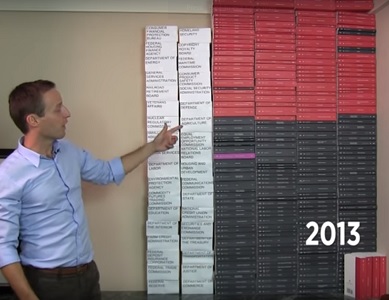

It’s one thing to talk about how the massive growth of federal regulations are choking the life out of the …
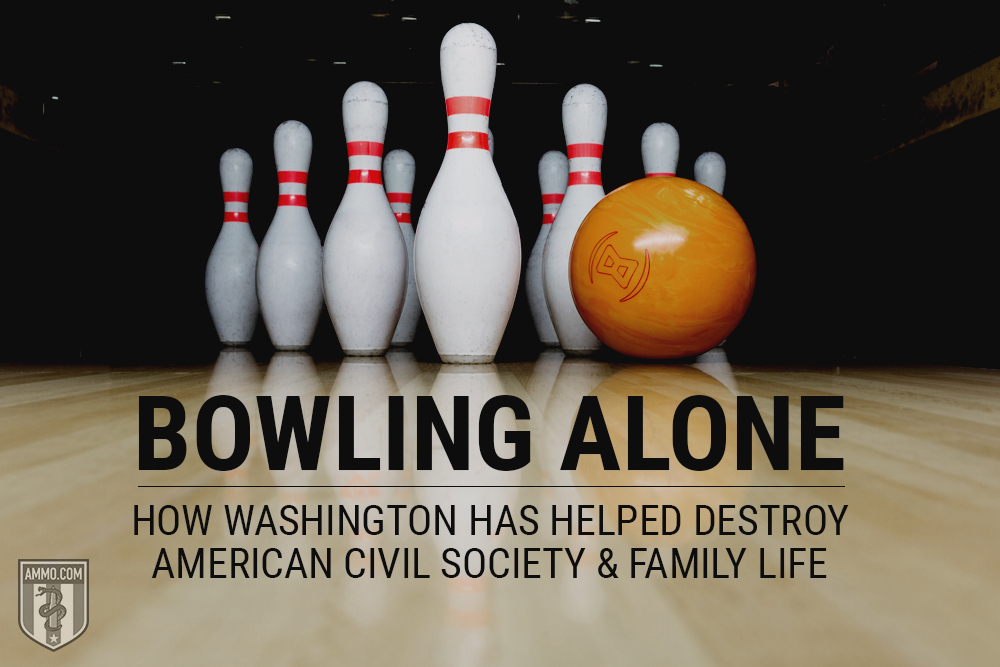
Church attendance in the United States is at an all-time low, according to a Gallup poll released in April 2019. This …

While you were enjoying your Fourth of July weekend, I was attending a national conference on socialism. Why? Because socialism …
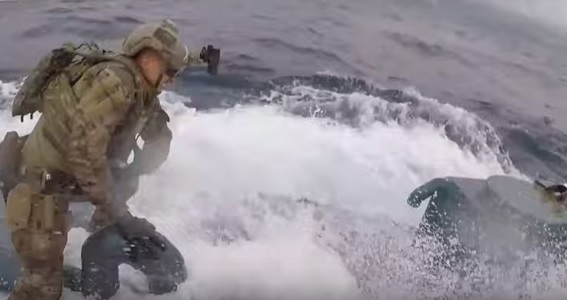
Defending America’s borders may seem to be an easy job. But don’t tell this Coastguardsman who leaped aboard a moving …

It’s not the most pressing question in the world at the moment, but it’s a fun one. Come on along …

The internet has provided humanity with so much content that in many ways, we are overloaded with information. Our smartphones are constantly …
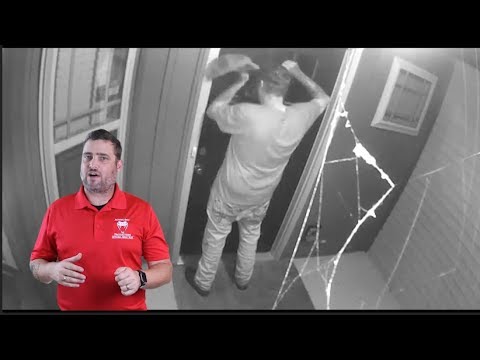
A home invader got what he deserved when a South Carolina mom defended her home with a firearm. According to …

When a dozen of conservatism’s best minds take on Socialism and expose it for the utopian fraud it is, attention …

by Dan Mitchell San Francisco used to be famous for cable cars. Now it’s getting well known for its “poop patrol” and maps …

For generations, the Republican Party has struggled with the youth vote and much time has been devoted to hand-wringing over …

Cactus is ubiquitous in the American southwestern deserts but mostly as a sign of desolation and lack of water. But …

At a time when many high-profile politicians are comfortable proposing laws that impose serious burdens on the right to keep …

At it’s peak, a peregrine falcon can reach top speeds in excess of 200 miles per hour. Here you can …
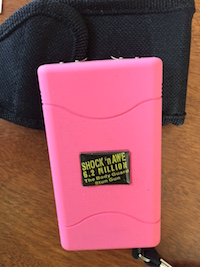
When one wants to protect themselves, the obvious tool to grab is the gun. However, not everyone is completely ready …

With nothing but a piece of wood and a knife, you can make endless amounts of strong plastic string. As …

Brook – a small, natural stream of fresh waterCreek – (in the U.S., Canada, and Australia.) a stream smaller than a riverStream – …
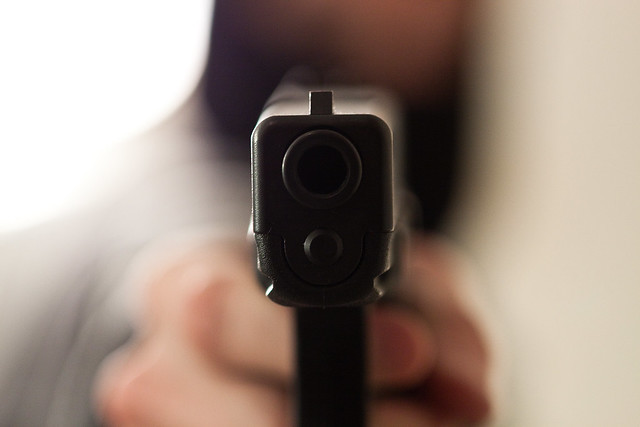
This is a great piece written by Matt Pickering who answered this question on a website called Quora. In no …

While Facebook is struggling to maintain it’s image as they censor and ban people for dissent and share your private …

It sounds provocative but the truth of the matter is no one is sure how the electromagnetism created by smart …

Given the misery that it has inflicted on the world, it’s just about impossible to think of socialism as a gift. However, …

I keep all my coffee grounds. I have a septic tank and I’m wary of throwing them into the pit! …
An attempted armed robbery of a Houston-area fireworks stand came to an abrupt end when the 19-year-old criminal was shot …

Vincent Smith wasn’t in the office when a fellow Virginia Beach city employee opened fire there, ultimately killing 12 and …
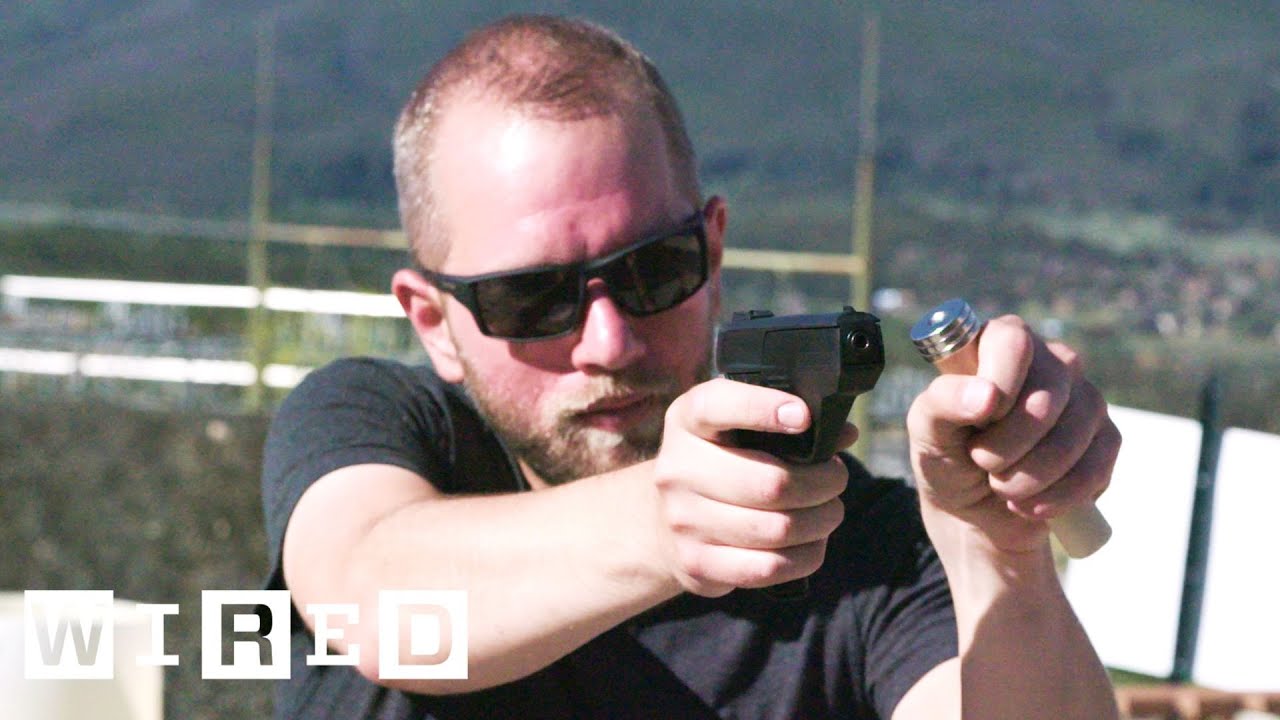
Gun controllers often advocate laws forcing gun owners to have so-called smart gun technology installed on all their firearms. The …
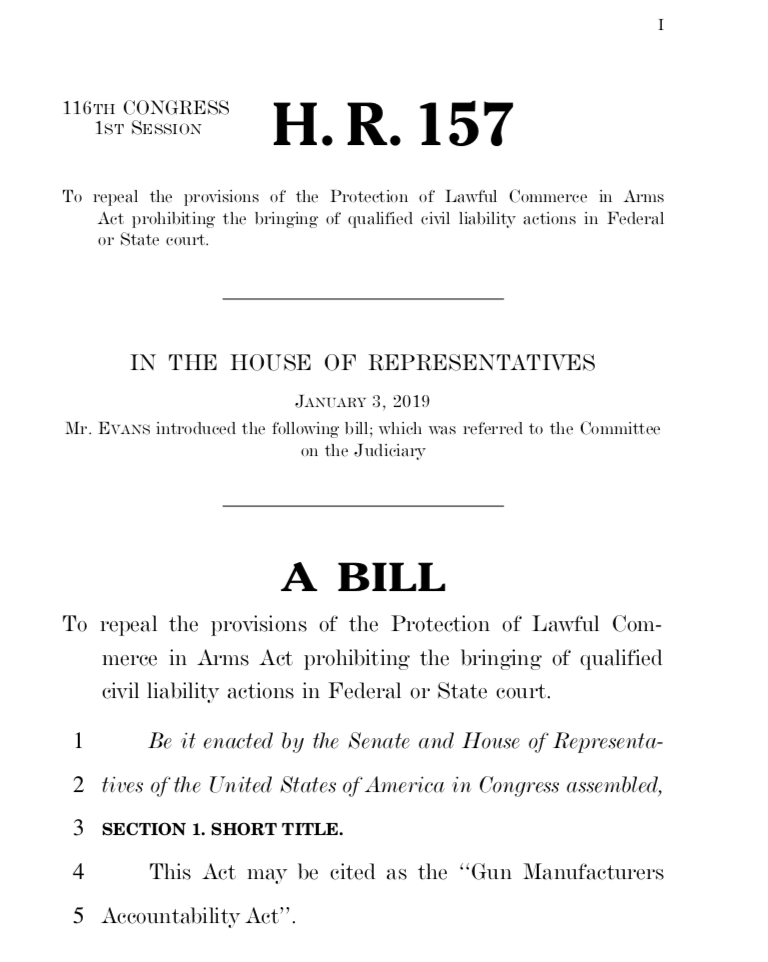
Democrats — now in control of the House of Representatives and apparently assuming that gun control will sweep their party …
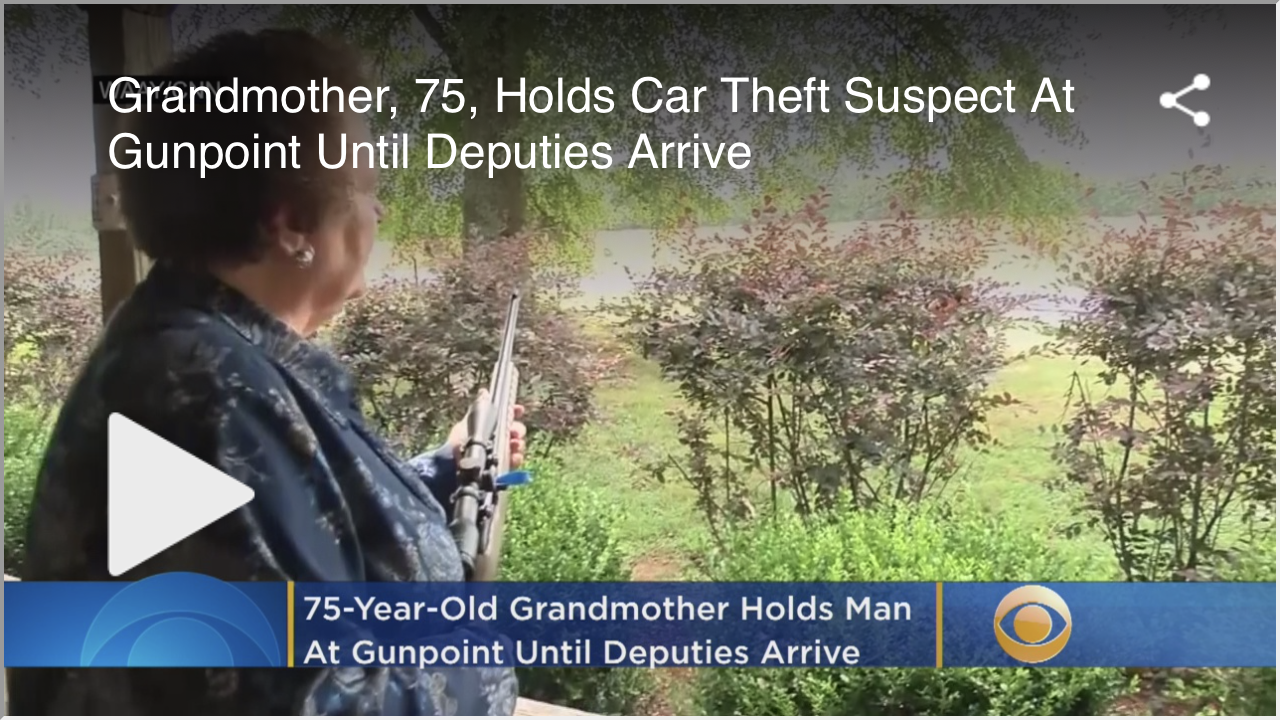
An Alabama grandmother used a firearm to defend her home against a wanted thief with two of her grandkids inside. …

If you go kayaking in Australia, there is no telling what you might see. One man saw the incredible sight …

WARNING WHEN I SAY FOUL-MOUTHED I ESTIMATE HE USES THE F-WORD A THOUSAND TIMES! Comedian Tom Walker is a foul-mouthed, …

This guy was born with a condition called Hirschsprung’s disease. This congenital condition — characterized by poor movement in the …

A Hillsborough County, Fl., teenager is recovering after he was bitten in the face by a venomous water moccasin snake, …